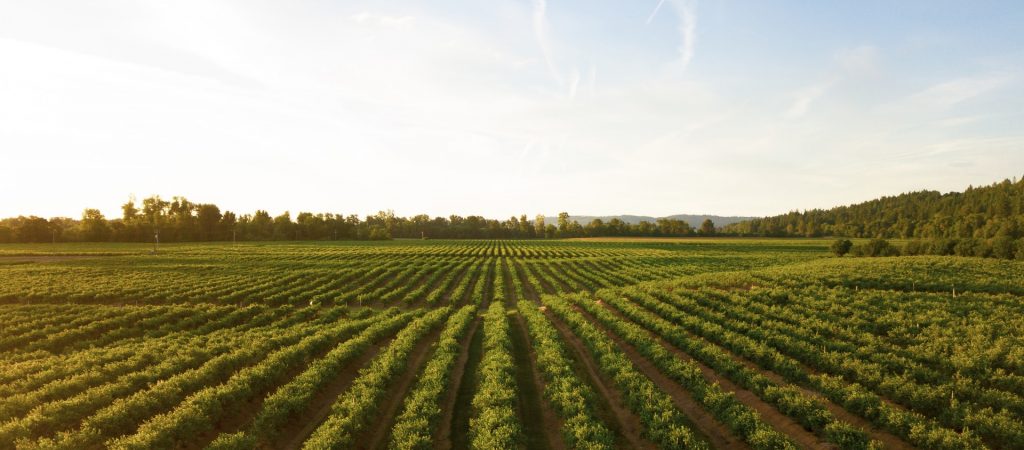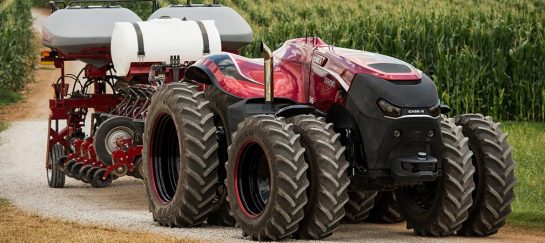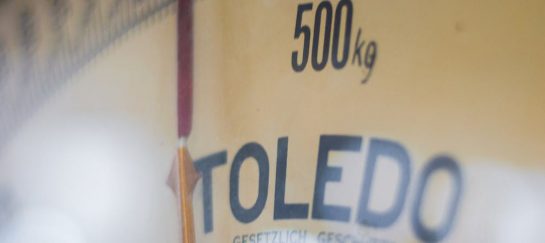
Precision Agriculture Trends to Watch in 2022
Precision agriculture has completely changed the way we do farming. It has opened possibilities for new business opportunities and increased crop yield production while decreasing the harm farming does to the environment. So, in this article, we will talk about precision agriculture trends to watch in 2020.
What is precision farming?
Precision agriculture is more than just the tools and technology used in farming. It is regarded as a management philosophy. It is about whole farm management, with the goal of optimizing returns to input and preserving resources. A precision agriculture solution incorporates much site-specific information into the decision-making process. This results in stakeholders, land managers, and growers becoming smarter and more knowledgeable, getting closer to making the right decisions for a specific field.
Precision farming is based on applying the right nutrient source at the right rate at the right time and in the right place. However, what is right depends on many site-specific factors such as climate, soils, cropping systems, tillage, rotation, sustainability goals, etc. What is most important is to recognize the inner dependence of precision practice. Now, here are some of the trends to watch out for:
Use of satellite technology in remote sensing
Remote sensing is the possibility of accessing the properties of an object without physically touching it. This is how satellites are able to monitor the earth’s surface from space. The sun emits electromagnetic waves, which are reflected by different objects on the earth’s surface and recorded by the sensors on the satellite.
The images collected by satellites or other remote sensing devices can be used to assess the properties of soil, group crop species, and monitor crop water level, diseases, and pests. It is also good for assessing the crop yield level.
For example, with a tool like EOS Crop Monitoring, farmers can monitor the health of their crops using vegetation indices like NDVI, MSAVI, and NDRE. It provides growers with other agriculture data such as soil moisture, crop stress levels, crop rotation, climate conditions, and so on. Using this tool, farmers can get 14-day forecasts and historical data for up to 5 years. With this information, they are able to improve crop yield.
IoT technology
Facts and Factors published a research report showing that the IoT agriculture market size and share revenue worldwide has the potential to reach 18.7 billion by 2026. This means that agribusiness is heavily incorporating IoT devices into their workflow to help solve business problems.
With IoT devices, farmers can collect tons of data to help track the state of their farms, equipment, and staff. It also helps them lower some production risks by forecasting weather conditions, droughts, and floods. This gives farmers an estimate of the farm yield and expected profits.
IoT devices are key to precision agriculture and help to reduce cost management and waste production. Knowing exactly when and where to plant, irrigate, fertilize, and harvest crops, farmers will not waste resources.
These devices also reduce the cost of labor and increase productivity and efficiency by automating multiple processes within the farm.
Eco-friendly operations
Sustainable agriculture is not a fantasy. It can be done, and it is already practiced worldwide to reduce the negative effects farming has on the environment. Many people see its benefits. That is why this system of agriculture is gaining popularity globally. This practice is driven by data, and the more you have it, the better your outcomes.
Sustainable agriculture is a method of farming that takes into account our surroundings and limits the use of toxic chemicals so as not to upset different ecosystems. It not only looks out for the needs of large corporations but also small farms and the environment. It ensures that the farmland can be used for many generations without a significant depreciation of its natural resources.
Agriculture is one of the sectors that is known to slowly adopt new and disrupting technologies. However, we have seen the opposite, as the technologies are already in use, helping farmers reduce cost, automate tasks, increase productivity, and save the environment. In the long run, this sector will have some of the most advanced technologies because we need to increase food production to meet worldwide demand. As of now, IoT devices, satellites, and sustainable farming are some of the main technologies that are commonly used in agriculture.
Daily Newsletter
Subscribe to Jebiga for a dose of the best in gear, design, rides, tech and adventure.





